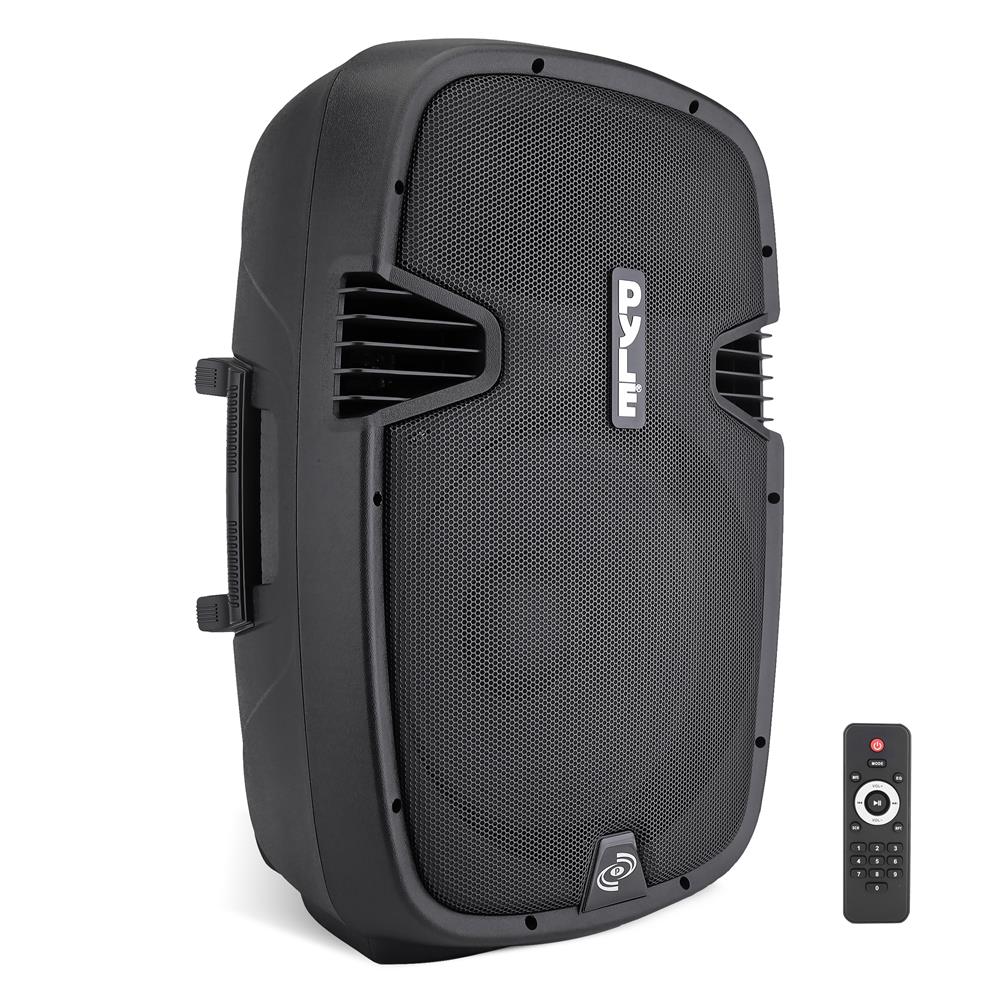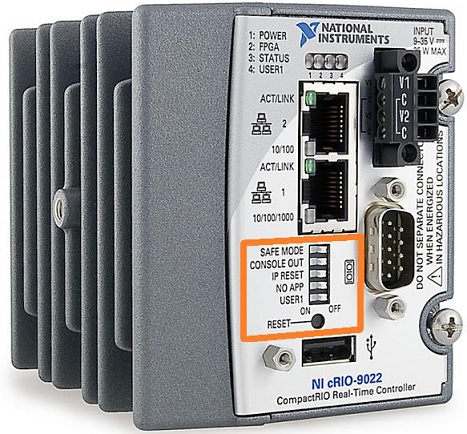

National Port Devices Driver Download


The package provides the installation files for FTDI USB Serial Port Driver version 2.12.26. If the driver is already installed on your system, updating (overwrite-installing) may fix various issues, add new functions, or just upgrade to the available version. The NI-Serial driver has functionality that allows it to keep track of serial port properties, including COM port numbers. For example, say there are two USB-232 devices and each port of each device is connected to a different instrument. Each instrument has different serial properties. So each serial port will have to have these properties. If the problem persists after you rebooted your computer, then there is a chance that the issue is related to out-of-date drivers or a possible conflict between two connected USB devices. The sample code we use to show port I/O from within a device driver acts on general-purpose digital I/O ports; such ports are found in most computer systems. A digital I/O port, in its most common incarnation, is a byte-wide I/O location, either memory-mapped or port-mapped.
Before you begin
National Port Devices Driver Wanted
Driver updates for Windows 10, along with many devices, such as network adapters, monitors, printers, and video cards, are automatically downloaded and installed through Windows Update. You probably already have the most recent drivers, but if you'd like to manually update or reinstall a driver, here's how:
Update the device driver
In the search box on the taskbar, enter device manager, then select Device Manager.
Select a category to see names of devices, then right-click (or press and hold) the one you’d like to update.
Select Search automatically for updated driver software.
Select Update Driver.
If Windows doesn't find a new driver, you can try looking for one on the device manufacturer's website and follow their instructions.
Reinstall the device driver
In the search box on the taskbar, enter device manager, then select Device Manager.
Right-click (or press and hold) the name of the device, and select Uninstall.
Restart your PC.
Windows will attempt to reinstall the driver.
More help

If you can't see the desktop and instead see a blue, black, or blank screen, see Troubleshoot blue screen errors or Troubleshoot black or blank screen errors.
